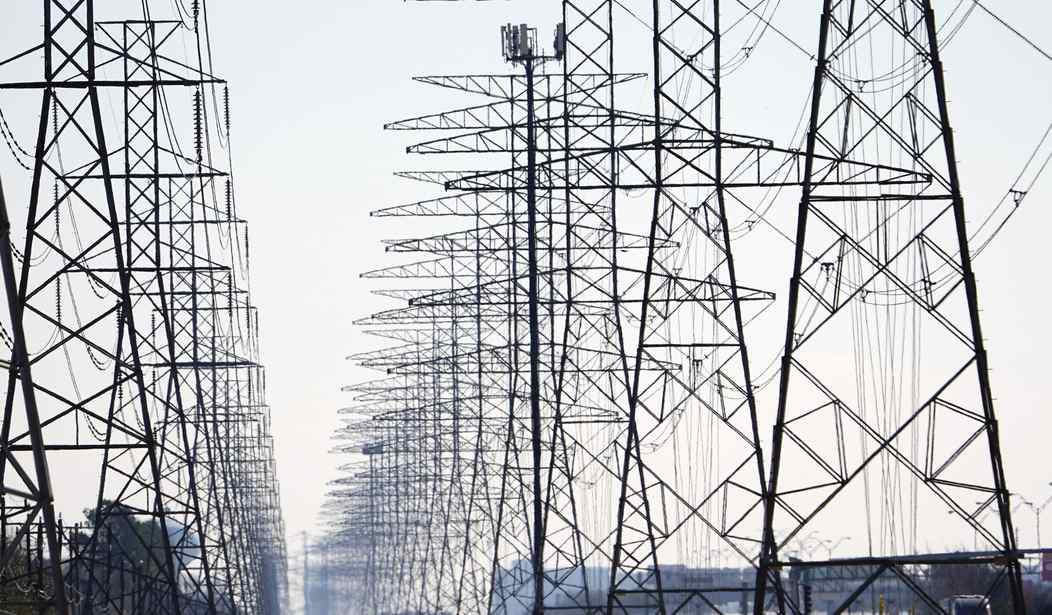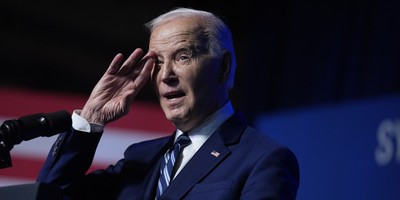The Supreme Court on Thursday handed down a 6-3 decision in West Virginia v. EPA that denied the EPA's authority to enact sweeping regulations for greenhouse gases that would "decarbonize" American energy under the Clean Air Act.
In a blow to Democrats and climate alarmists, the opinion said the U.S. Environmental Protection Agency and its unelected bureaucrats could not use portions of the Clean Air Act to make rules limiting how the United States generates electricity and uses energy — such as ending the use of coal-fired power generation. The legal mess decided by SCOTUS Thursday arose from the Obama administration's attempt to wage war on reliable energy sources that, according to leftists and Democrats, are killing the planet.
In the majority opinion authored by Chief Justice Roberts, the power-grab attempted by Democrats to push their radical energy-killing agenda with unelected bureaucrats gets eviscerated:
Capping carbon dioxide emissions at a level that will force a nationwide transition away from the use of coal to generate electricity may be a sensible “solution to the crisis of the day.” New York v. United States, 505 U. S. 144, 187 (1992). But it is not plausible that Congress gave EPA the authority to adopt on its own such a regulatory scheme in Section 111(d). A decision of such magnitude and consequence rests with Congress itself, or an agency acting pursuant to a clear delegation from that representative body. The judgment of the Court of Appeals for the District of Columbia Circuit is reversed, and the cases are remanded for further proceedings consistent with this opinion.
Recommended
The Court's opinion is basically a "nice try, but no" to the EPA's attempts to implement Democrats and climate alarmists' "transition" away from the cheap, reliable energy sources that allowed the United States to prosper.
Justice Gorsuch, in a concurring opinion, noted that the administrative state has grown out of control in recent decades, and unelected bureaucrats' use of delegated power can grow out of control if not checked:
When Congress seems slow to solve problems, it may be only natural that those in the Executive Branch might seek to take matters into their own hands. But the Constitution does not authorize agencies to use pen-and-phone regulations as substitutes for laws passed by the people’s representatives. In our Republic, “[i]t is the peculiar province of the legislature to prescribe general rules for the government of society.” Fletcher v. Peck, 6 Cranch 87, 136 (1810). Because today’s decision helps safeguard that foundational constitutional promise, I am pleased to concur.
The Obama EPA's instigating policy — the so-called "Clean Power Plan" — was never implemented and President Trump's EPA repealed the Obama-era plan and replaced it, but the legal challenges on both sides of the policy have continued even while the Biden administration works on its own version of a rule. SCOTUSblog explains:
The dispute began in 2015 with the Obama administration’s adoption of the Clean Power Plan, a rule that sought to combat climate change by reducing carbon pollution from power plants. The plan never went into effect, however: Several states and private plaintiffs challenged it in federal court, and a divided Supreme Court put it on hold in February 2016.
The Trump administration’s EPA repealed the Clean Power Plan in 2019, replacing it with a more lenient policy, known as the Affordable Clean Energy Rule, that established emissions guidelines only for existing coal-fired steam plants. The Trump EPA argued that it was compelled to repeal the Clean Power Plan because it exceeded the agency’s authority under the Clean Air Act. Specifically, the EPA contended, Section 7411 of the act only allowed it to prescribe measures that can be implemented on the physical premises of a power plant – a limitation known in industry parlance as “inside the fenceline.” By contrast, the Clean Power Plan included some measures that applied industry-wide.
The Trump EPA’s decision to repeal the Clean Power Plan and issue the ACE Rule led to another court challenge by a different set of plaintiffs. In January 2021, the U.S. Court of Appeals for the District of Columbia Circuit vacated the repeal of the Clean Power Plan, vacated the ACE Rule, and sent the issue back to the EPA for more proceedings. The Supreme Court then granted a request by Republican-led states and coal companies to review that ruling; meanwhile, the Biden administration EPA has indicated that it will not reinstate the Clean Power Plan and is instead drafting its own rules on greenhouse-gas emissions from power plants.
The full opinion can be viewed below:
























Join the conversation as a VIP Member